Infinite Isometrics - Hebb’s Rule: The Law of Strength Training
The Dragon Door Research Group
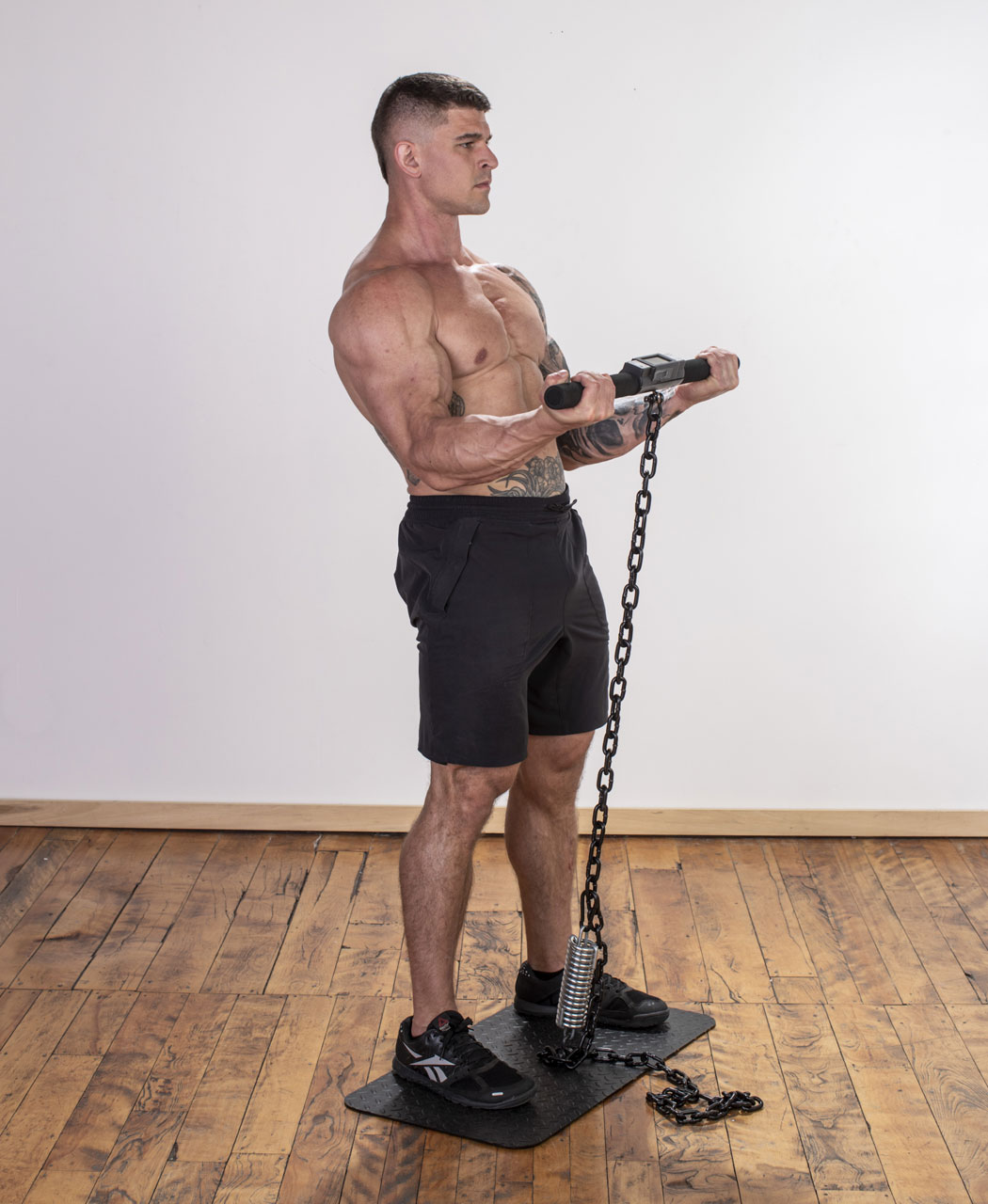
In the
previous article, we discussed
Henneman’s size principle—the major "law of bodybuilding" which determines how hypertrophy (growth) is triggered in the muscles via resistance training. In this piece, we will be analyzing a concomitant physiological principle in strength training—
Hebb’s rule.
Hebb’s rule is not
just fundamental to strength gain—it’s easily the
most crucial principle that exists in this arena. It’s no exaggeration to call Hebb’s rule the ultimate
law of strength training. Everything else comes a distant second.
What is "Hebb’s Rule"?
Donald Hebb was a genius. Born in Nova Scotia in 1904, Hebb was promoted to the seventh grade at just ten years of age, despite not actually attending a school until age eight. Fascinated by learning from his childhood, Hebb originally became a teacher; feeling hamstrung by rigid and dogmatic school curricula of the period, he eventually switched paths and followed neuroscience as a career.
In 1949 Hebb published his seminal book,
The Organization of Behavior, in which he ambitiously sought to summarize all known learning theory in a singular law. This law is what is now knows as "Hebb’s rule". The law states:
The persistence or repetition of a reverberatory activity (or "trace") tends to induce lasting cellular changes that add to its stability. ... When an axon of cell A is near enough to excite a cell B and repeatedly or persistently takes part in firing it, some growth process or metabolic change takes place in one or both cells such that A’s efficiency, as one of the cells firing B, is increased.
One way of looking at this is to imagine the nervous system as being like a dense forest, or jungle. Walking through the forest, or jungle, will be very difficult the first time—the traveler may only be able to get a short distance. But the next time, the same route will be slightly easier to travel, and he or she might get a little further. After thousands of such attempts to get through, a path will have been beaten, and the trail will be easy to follow. The jungle can be traversed.
When we try to perform something new—such as learning a language, or lifting a weight we have never lifted—we are making neurological connections. At first, these connections are fragile and limited; but the more we practice, the more strongly these connections form; a "pathway" or "groove" is developed over time. The activity becomes easier, and we can do more than before. This is learning; and we must never forget that, in physiological terms, strength training is a
learning process.
Some people paraphrase Hebb’s rule as:
cells that fire together, wire together.
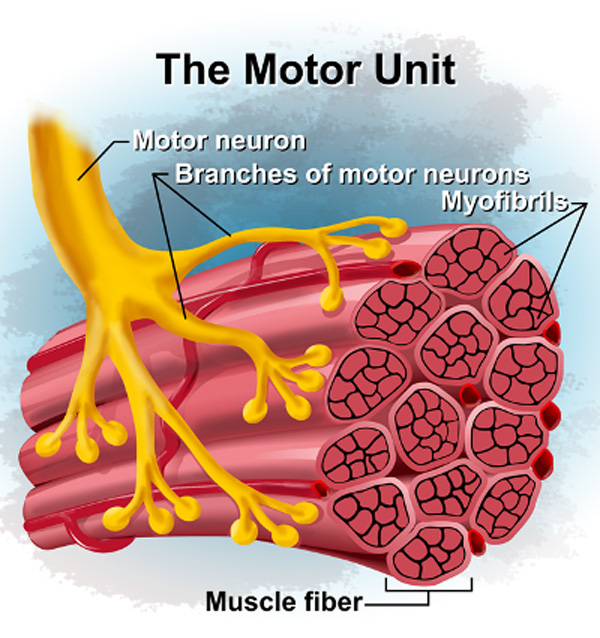
Hebb’s Rule: The Two Conditions of Effective Learning
In strength training specifically, we are seeking to rewire our nervous system to recruit more groups of muscle fibers (called motor units). This is primarily how humans become stronger. (Increase in muscular cross-section is a secondary factor.) This is ultimately a matter of muscular efficiency; different individuals are able to neurologically recruit muscle fibers to different degrees. This explains why one athlete might be small and yet extremely strong, while another may be large and seemingly not as strong as he or she might appear. Over time, we can train our nervous system to access more and more muscle fibers, thus increasing strength. Hebb’s rule explains how this adaptation occurs; and if we wish to optimize our strength, we must train accordingly.
In applying Hebb’s rule to any physiological learning, two conditions must be fulfilled:
1. Specificity. The adaptation is proportionate to the degree to which the stimulus models the desired adaptation. (In other words; if you wish to get stronger, you must train by generating as much force as possible.)
2. Repetition. The adaptation is proportionate to the frequency of the stimulus. (In other words—the more often you train, the faster you will gain strength.)
Both of these learning principles are fairly straightforward and uncontroversial; indeed, many readers may take these conditions as being blatantly obvious. It’s worth remembering however that coaches and athletes sometimes lose their way along the path of "obvious". We have all met trainees who believe they will gain great strength using light, "pump" methods of training—thus contradicting the condition of specificity. Likewise, there are numerous coaches and writers who praise "abbreviated" or "infrequent" training for strength, despite the fact that this contradicts the second condition given above: repetition.
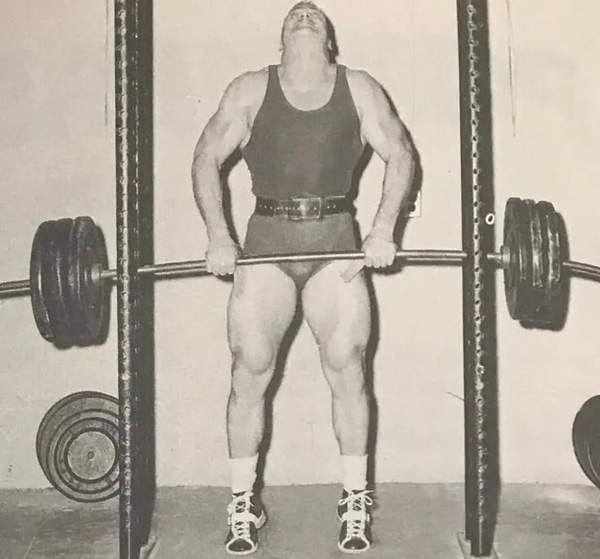
Old-school strength athletes performed their isometrics heavy (specificity) and frequently (repetition). Bill March often trained iso-drills daily. Note the bending bar.
Isometrics and Hebb’s Rule
How does isometrics relate to Hebb’s rule? Let’s look more closely at the two conditions established above: specificity and repetition. It’s rather elementary to interpret these two conditions in terms of strength training.
1.Stimulus
The adaptation
specific to strength training is a high level of neurological recruitment;
as many motor units as possible must be recruited. How do we achieve this? Numerous scientific studies have investigated the most effective method for neurological recruitment of the muscles; isometrics always defeats regular up-and-down lifting (concentric and eccentric) by a significant margin. (This should not be a surprise to anyone who understands the
force-velocity relationship.) This is not to say, of course, that conventional barbell lifting does not "work"; regular lifting
does recruit muscle fibers well, just not quite as well as isometrics does.
2.Repetition
The second condition relates to repetition; for the most effective learning outcome, you must repeat the specific adaptive stimulus as frequently as possible.
This is not a significant problem for cerebral types of learning. If you want to learn a new language for example, you can practice that language all day, every day—as some people do, when moving to a new country. This will result in unbelievably rapid progress, compared to, perhaps, someone who attends a foreign language class for one hour a week. The latter will still make progress—repetition is occurring—but with much less celerity.
The same principle applies with strength training; the more repetition you can complete, the faster the strength adaptations will occur according to Hebb’s rule. However, there is a major obstacle which occurs in the regard with strength training, which does not occur with more cerebral forms of learning—wear and tear. Regular lifting causes internal abrasion of the joints, as well as eccentric microtrauma to the muscles and other soft tissues. In isometrics, this damage is reduced to a bare minimum, allowing frequent training with minimal soreness and staleness.
In brief; Hebb’s rule teaches us that the fastest way to become strong is to recruit as many motor units as possible, as many times as possible. Athletes are only capable of actualizing both these conditions optimally with heavy isometrics.
Perfecting Isometric Strength Training
Now that we have an understanding of Hebb’s rule, and how it applies to isometrics
generally, we must move on to applying it
specifically. If we wish to maximize our strength as effectively and efficiently as possible, what kind of programming must we employ?
The first condition of
specificity is easy to fulfil. As explained above, we are looking for maximal neurological recruitment. We can express this in multiple ways;
maximal load,
maximal tension,
maximal voluntary contraction, etc. This is a "no brainer"—to become strong, we need to be using high levels of force. How high? As high as we can possibly muster. This means either a Target Load calculated to a percentage close to your max (i.e., 90-95%) or your actual max during the session. In the latter case, you simply allow your body to autoregulate itself. Warm up well, and
push/pull against the bar with as much force as you can possibly generate. Force levels may vary slightly from day-to-day, however the overall trend will be towards
dramatically increased force output over time, as your body adapts via Hebb’s rule.
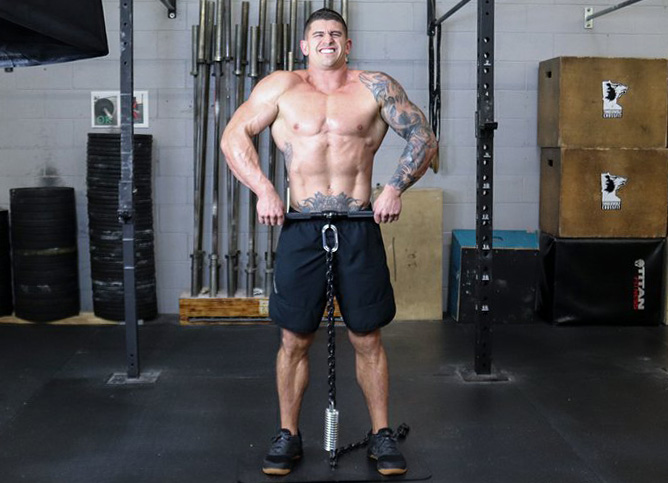
How long should the holds be? Obviously, as the hold continues, force levels will drop off as the athlete tires—which is counterproductive to the specificity condition. For this reason, holds must be brief. The research indicates that 1-3 seconds is optimal for isometric strength sets; beyond three seconds, strength levels begin to decline.
Since max force output on each hold is your goal, you must give yourself enough time to recover between holds that you can "give your all" to the next hold. Fortunately, the body recovers very quicky from isometric contractions; this is partly due to the lack of eccentric muscle damage, and partly due to the phenomena of the
Fenn effect (discussed in the
Ultimate Isometrics Manual). Whereas recovery from heavy regular weight-training sets can take five minutes or more, the body can easily recover from maximal isometric holds in a minute or less.
What about volume and frequency? The second condition,
repetition, dictates that for optimal strength development, we must perform as many reps as possible, as frequently as possible. Even isometrics cannot be performed all day, every day; so, the key here is performing as much volume as we can, while juggling fatigue. There are numerous approaches to this using an
Isochain. Here are three:
Declining reps. Instead of performing longer holds, you can use an Isochain to perform brief (around 1 second) reps as part of a set. Test your max on the drill you are performing, then set your Target Load to 90% of that max. Then perform 5 reps; take a one-minute break; then 4 reps; break; all the way down to 1 rep.
5 reps
4 reps
3 reps
2 reps
1 reps
This makes a total of 15 reps. Continue using this Target Load in your program until you can perform all 15. When you can perform all 15, next workout increase the target load by 5-10lbs.
Straight sets. Perform a drill for 1-3 seconds (the choice is yours—use the Isochain timer to keep you honest), and repeat the effort 8-10 times.
1-3 seconds x 8-10 reps
Take 30-60 seconds rest between holds. You can either set a percentage of your max to hit (and increase that when you get all your reps) or just push as hard as you can and record your max weight during the holds. Most athletes will need to build up slowly to this many max reps; perhaps begin with 4 and add a rep or two each session.
Grease the Groove. (This is sometimes called Consolidation Training, or CT). It’s not written in stone that isometric drills must only be performed in a single, discrete session. If you wish to perform a lot of reps while staying fresh, why not perform them throughout the day? Here are some options drawn from the PCC Instructor’s Manual (chapter 28):
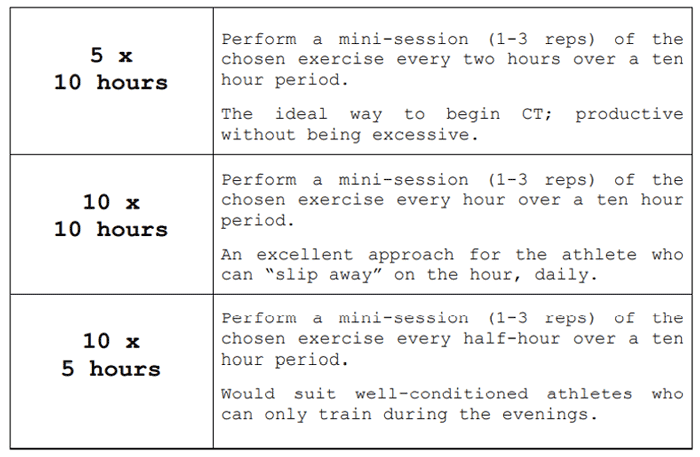
GTG works well with max training—just pull/push as hard as you can, and record the max. GTG can produce dramatic strength gains over a short period, but use the method sparingly, however, as it can lead to burnout.
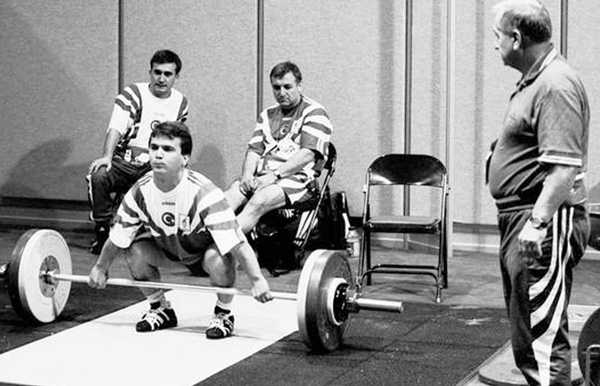
The infamous "Bulgarian method" of strength training involved multiple near-max sessions daily. This adheres to Hebb’s rule, but is almost impossible for athletes who are not genetically elite and using recovery drugs. With isometrics, however, Bulgarian-style training becomes possible for everyone, without injury or risk of overtraining.
****
Anyone with even a superficial understanding of Hebb’s rule appreciates that it describes how strength must be built during training. People with a somewhat deeper understanding of this rule will realize that strength training can only be maximized with (correctly performed) isometric training.
If you intelligently apply Hebb’s rule to your strength training, instead of taking decades to achieve your maximum strength levels—as is the case with contemporary methods—our own research indicates that the average athlete can approximate their genetic limit in a year or less.
Back